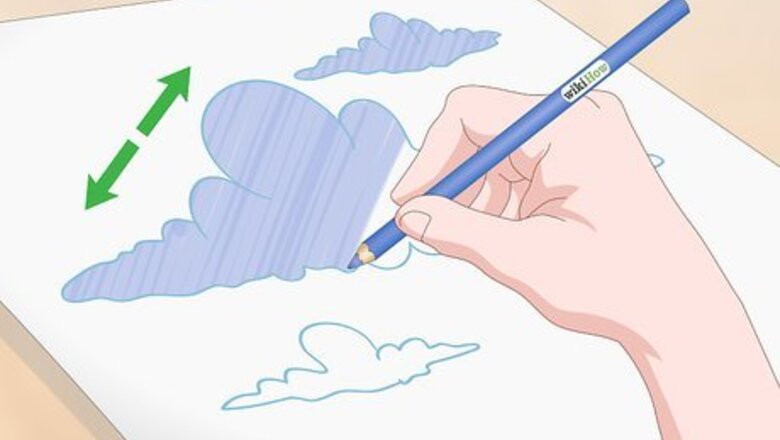
views
Shading and Creating Texture with Colored Pencils
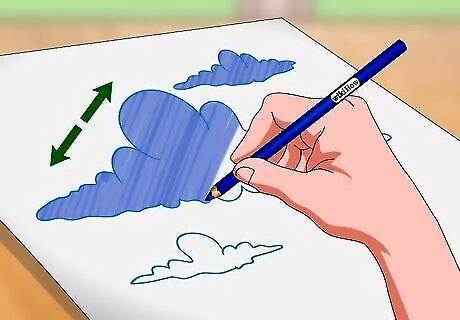
Use back and forward strokes to create a smooth, flat look. This technique is sometimes called the shading stroke because it is perfect for coloring in large areas. Move the pencil back and forth over your paper to create an even and solid color. Use this technique on any types of drawings, including landscapes, sky scenes, portraits, and abstract pictures. Try to keep a consistent pressure when using the back and forward strokes to make the color look even.
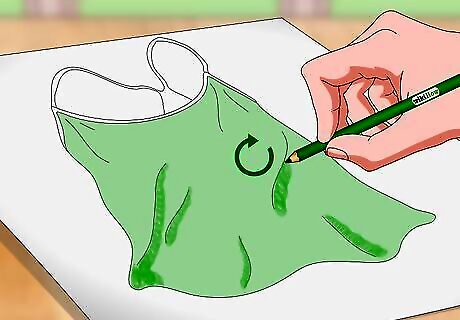
Draw in a tight circular motion to add texture to your drawing. This is a quick and easy way to make your drawing look 3-dimensional. Simply move your pencil in small circular motions over the paper. Use this circular technique to add realistic texture to clothes, skies, trees, animals, and faces. Experiment with different sized circular motions on scrap paper to figure out which style you like best. To darken the color, simply overlap the small circles. Similarly, to lighten the color, use slightly larger circles and spread them out a little more.
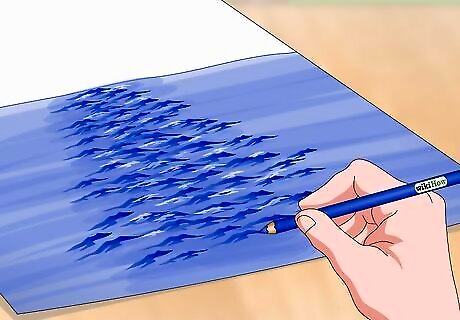
Vary the pressure on the pencil to create different shades. You can get a lot of colors out of one pencil just by changing how hard you press down. Press really gently to create a light color and press firmly to create a darker color. To make objects look 3-dimensional, press harder in areas where you want to create shadows and press lightly in areas that you want to highlight. This is perfect for drawing sky and water, as it allows you to create the different shades that are found in nature. This helps to make your drawings look more realistic. If you find that you are breaking the lead in your pencil, press a little lighter and color over the same section a few times to achieve the same depth of color.
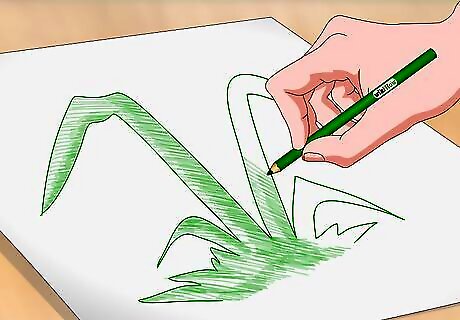
Use hatching to create a 3D effect in your drawings. Hatching is a shading technique that involves drawing multiple parallel lines in a row to fill a blank space with color and texture. Don’t worry if there is a little bit of white between the lines, as this helps to accentuate the unique texture that hatching produces. Draw the lines close together to create deep, solid colors, or separate the lines a little to make the color look lighter and more dispersed. Make the lines the same color to create a solid color, or use different colors to make a pattern. Hatching is perfect for shading large areas, and is a great way to add depth to hills, grass, clothing, and skies. Consider making an entire drawing out of hatching lines. This can look quite striking!
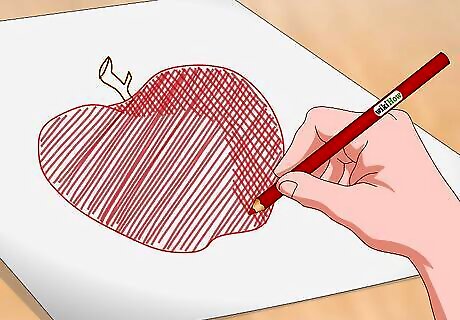
Utilise the cross-hatch technique to create a shadow effect. This simple technique is quite similar to hatching. Simply draw multiple parallel lines close together and then turn your artwork around 90-degrees and draw another set of parallel lines over the top. These perpendicular lines tend to look a bit darker than regular hatching, so they are perfect for creating shadows and darker areas in your drawing. Use the same color for both sets of lines to create a solid color. Alternatively, use different colors to create a striking layered effect.
Blending Colors
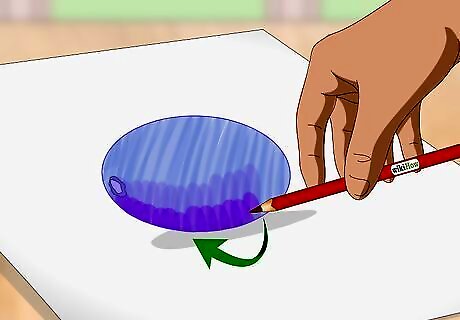
Layer the colors on top of each other to create specific shades. This is a great way to create new colors if you don’t have the color that you want. This effect is also useful if you want to create a color blend, such as the multitude of shades that make up a sunset. Draw the darkest color first and then layer the lighter color on top. This helps the colors to blend and merge into each another. Blue and yellow create green, red and blue make purple, and red and yellow create orange. Use different shades of the same color to create a medium shade. For example, layer a light blue over a dark blue to create a medium blue.
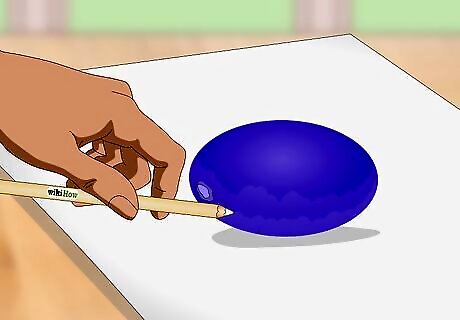
Use a colorless pencil to create smooth, grainless color blends. If you have layered colors over each other and you think that they look a bit grainy, use a colorless pencil to even out the color. This waxy pencil helps to merge the colors together and creates a smoother blend. Simply, rub the colorless pencil back and forth over the area that you want to blend until you are happy with the finish. Colorless pencils are sometimes known as blender pencils because of their brilliant blending abilities. Purchase a colorless pencil from an art or stationery store.
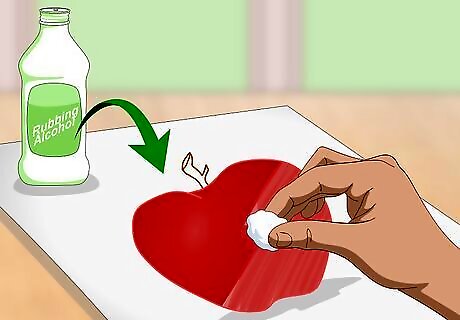
Wipe rubbing alcohol over the area to blend the colors. Rubbing alcohol helps to deepen the colors and causes them to merge together. Dip a cotton ball in rubbing alcohol and then wipe it over the area that you want to blend. Rub the cotton ball back and forth to create a smooth, blended look. Always use rubbing alcohol in a ventilated area, as it has strong fumes. This technique works best on heavy paper.
Choosing and Maintaining Pencils
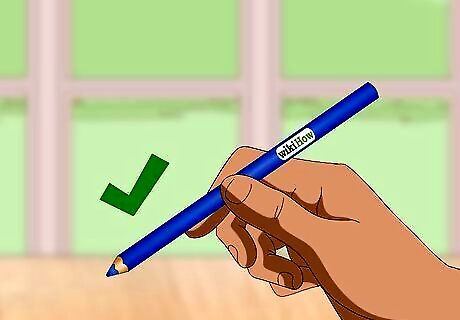
Select quality pencils with soft lead and hardwood shells. Using quality pencils will help to make your drawings look sharper and will allow you to blend the colors more easily. These pencils are the best choice for all styles of drawing. Purchase colored pencils from a stationery store and look for a pack that is advertised as having “soft leads." Soft lead pencils generally cost a little more than regular colored pencils, but you will notice the quality difference between the pencils. Good pencils range from $5-50, depending on how many colors you want to buy. These pencils are the best option for all skill levels. Hard leads can be frustrating to use because they break easily.
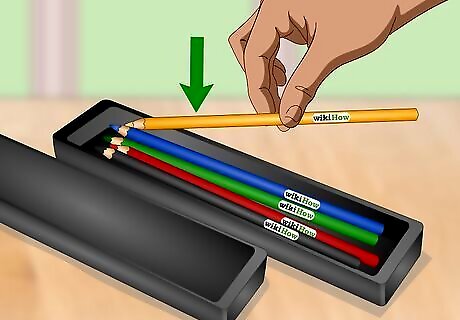
Keep the pencils in a soft but protective pencil case. The soft leads of quality pencils are easily snapped. Once a lead snaps in a pencil it is really hard to use, it as the lead will slip out as you are drawing. Keep your pencils in a soft case and always be careful not to drop them when you transport them. If you don’t have a soft pencil case, use a soft make-up bag instead.
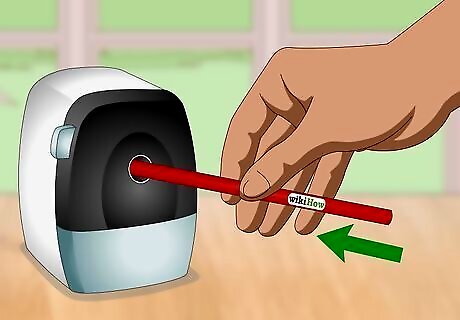
Hold your pencils horizontally when you sharpen them. Place your pencil into the sharpener and check that it is straight before you twist it. It is important to make sure that the pencil isn’t on an angle, as this can cause it to sharpen unevenly and snap. Avoid sharpening your pencils with a craft knife, as this can damage the wood in the pencil.















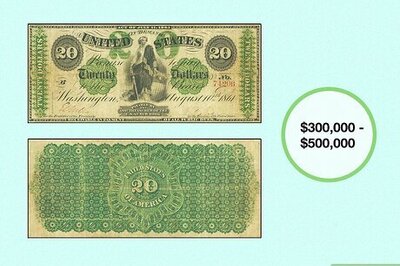


Comments
0 comment